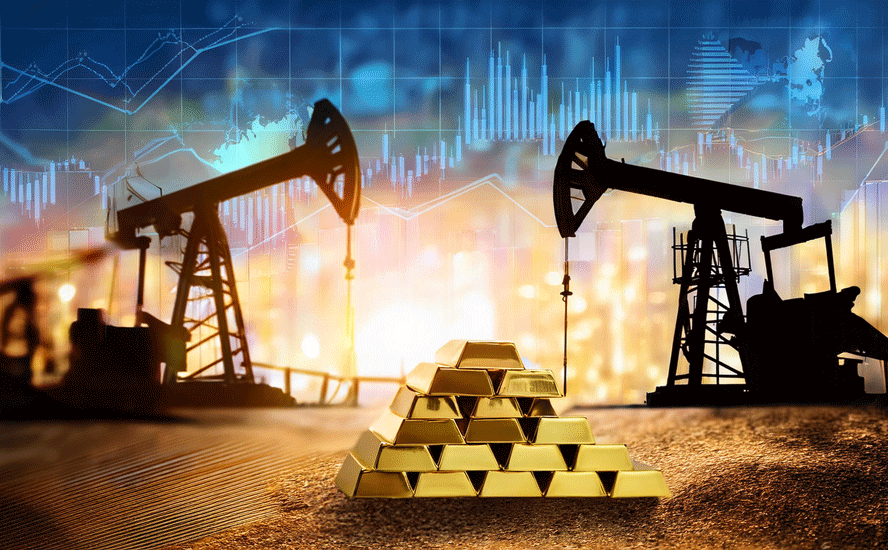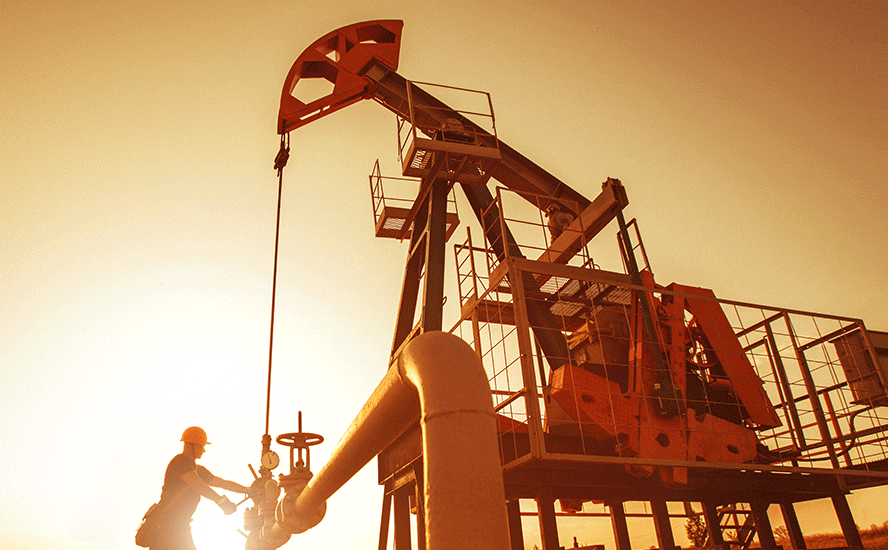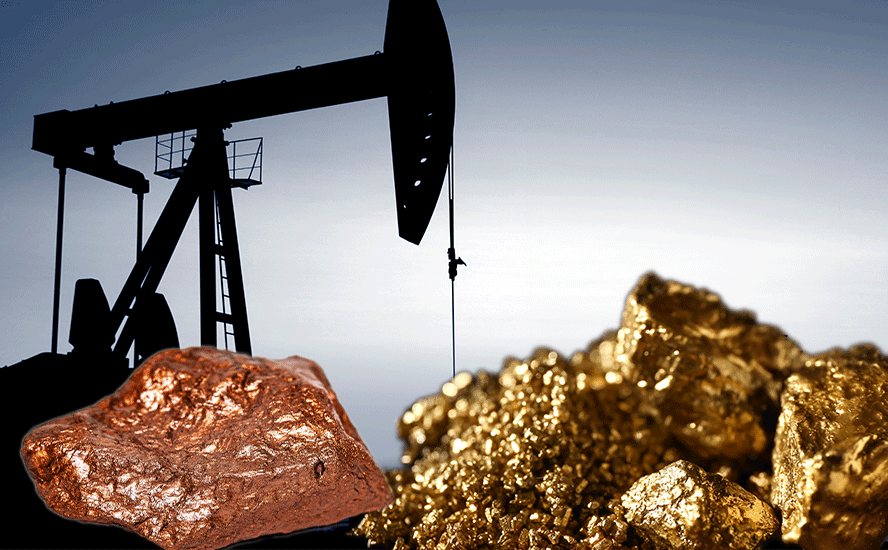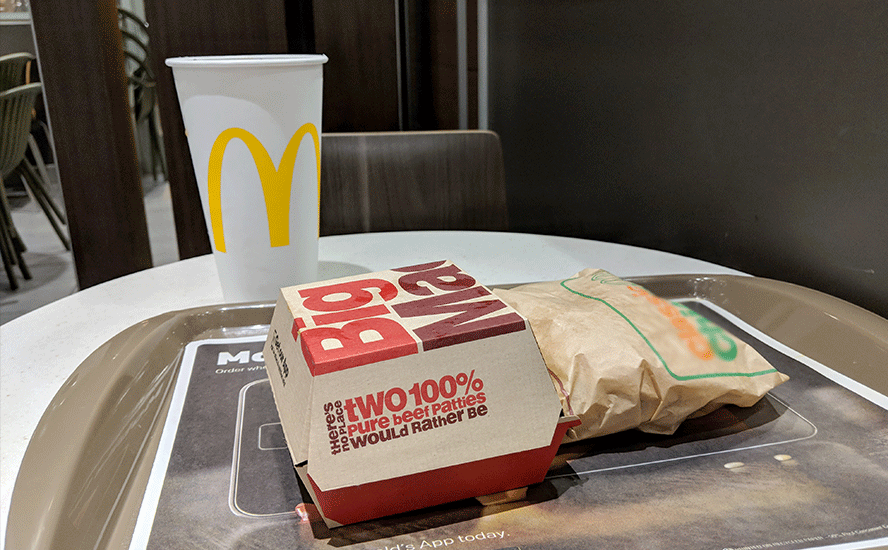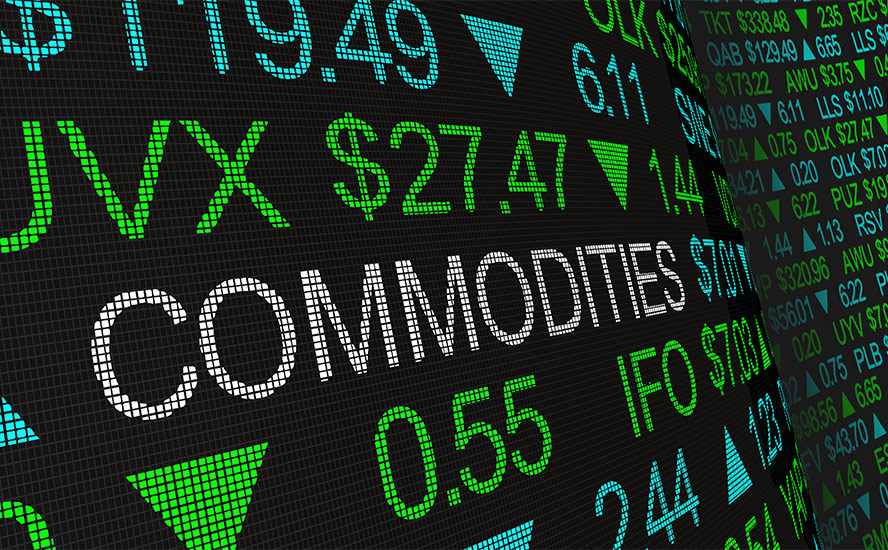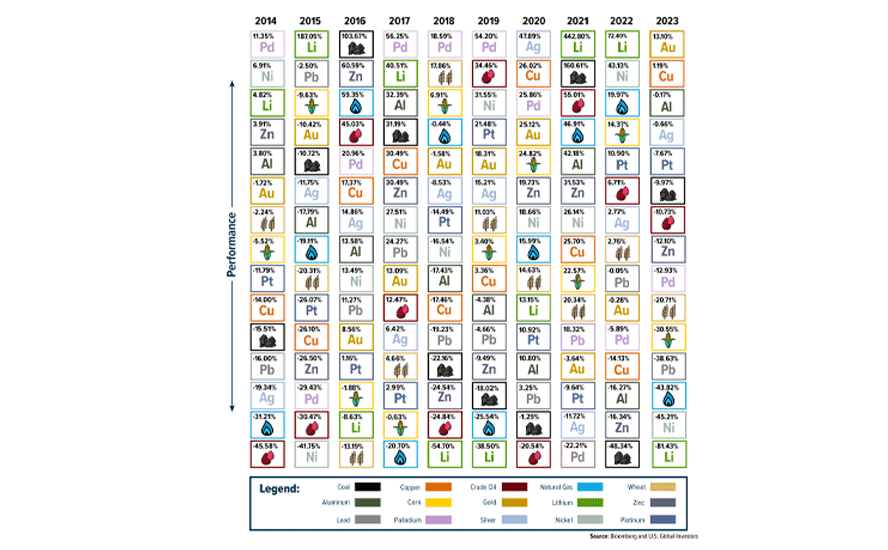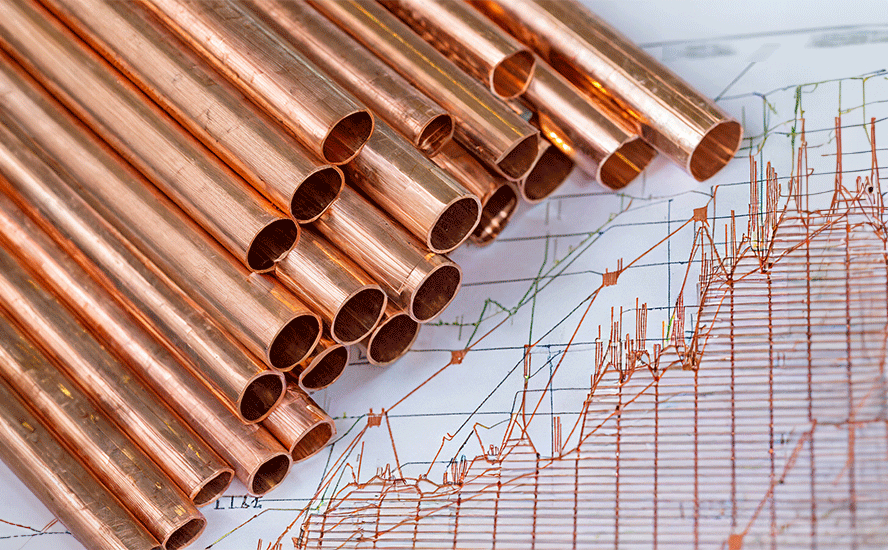Top reasons why Powell’s “soft landing” is impossible
2022.05.19
In economics parlance, the term “soft landing” refers to a cyclical slowdown in economic growth that avoids recession. The central bank typically aims for a “soft landing” when it seeks to raise interest rates just enough to stop an economy from overheating and experiencing high inflation, while avoiding a severe downturn.
On multiple occasions in the past, the US Federal Reserve has sought to engineer a “soft landing” during the inflationary periods, which, on paper, is difficult but not entirely achievable (see: 1994-1995). In 2022, a year in which the US economy is experiencing its highest inflation in four decades, the Fed is prepared to embark on that challenge once again.
However, many, including Fed Chair Jerome Powell, have admitted that a “soft landing” this time could be an overachievement. As we’ve seen in the past, Fed’s attempts to bring about a “soft landing” are usually complicated by the lags associated with monetary policy, as former Fed chair Ben Bernanke and many others have noted.
In dismissing another vehicular analogy, former Fed chair Ben Bernanke once said that “if making monetary policy is like driving a car, then the car is one that has an unreliable speedometer, a foggy windshield, and a tendency to respond unpredictably and with a delay to the accelerator or the brake.” Nothing that’s happened since has made the Fed’s job look any easier.
In a recent interview with Marketplace, Powell admitted that “a soft landing is really just getting back to 2% inflation while keeping the labor market strong. And it’s quite challenging to accomplish that right now.” Nonetheless, he went on to say “we think there are pathways … for us to get there.”
Whether Powell can actually pull off an economic “soft landing” remains to be seen, but as things stand, we believe there are enough reasons to be skeptical.
- Poor Track Record
The Fed’s “soft landing” record is, at best, mixed because the central bank doesn’t exercise nearly the same control over the course of the economy as a pilot has over aircraft.
The latest and most lauded “soft landing” success was achieved in 1994-95, during the tenure of former Fed chair Alan Greenspan, who raised the benchmark rate from 3% to 6% as the economy was rebounding after a brief recession.
Current chair Jerome Powell also pointed to successful “soft landings” in 1965 and 1984, and believed the US economy was on course for another one in 2020 before the Covid-19 pandemic intervened.
Still, historically speaking, “soft landings” are probably the rarest of economic feats given the number of times that the Fed tried and failed to balance inflation with economic growth.
Recent research from Alan Blinder, a former Federal Reserve board vice-chairman and a Princeton economist, identified 11 tightening cycles since 1965, of which eight were followed by recessions. In the last five instances when inflation peaked above 5% (1970, 1974, 1980, 1990 and 2008), a recession followed.
Because of the Fed’s history with “soft landings”, there are growing fears that the Fed could once again inadvertently send the economy into a recession as it takes a more aggressive approach to fight inflation, which is at the highest level since 1981.
- Weak Economic Data
Not helping Powell’s cause are the red flags raised by the latest set of economic data, which are fueling the concerns of economic growth and the potential for policy missteps.
While the April employment report showed another month of solid job growth in America, with the unemployment rate also staying level at 3.6%, the labor participation and employment rates remained stagnant, as they have been over the past year. In fact, the US labor force shrank unexpectedly last month as an increased number of workers decided to stay on the sidelines.
When announcing the latest interest rate hike, Powell cited the number of job openings relative to the labor supply as a reason that policymakers had become more aggressive in recent months. “You can see that the labor market is out of balance: You can see that there is a labor shortage,” Powell said.
The consequence of a shrinking labor force is an inevitable fall in economic performance indicators. US manufacturing activity during April grew at its slowest pace in nearly two years.
More surprising is a drastic contraction in the New York Fed’s Empire State index on manufacturing activity, which tumbled 36.2 points to -11.6 in May (against an expectation of +15). This reading was lower than even the worst-case forecast from analysts (-10).

According to the Institute for Supply Management’s latest survey, outbreaks overseas are also “creating a near-term headwind for the US manufacturing community.”
The ISM index of national factory activity fell to a reading of 55.4 last month, the lowest since July 2020, from 57.1 in March. A reading above 50 indicates expansion in manufacturing, which accounts for 12% of the US economy.
The ISM survey’s forward-looking new orders subindex also dipped.
- Bear Market Territory
Chances of a “soft landing” are even slimmer when we factor in the state of global equity markets, which have been dragged down for months by the stubborn inflation and slow growth.
The performance of stock indices like the S&P 500, which is down 16% this year, paints a picture of how high of a mountain we have to climb to avoid a recession. And the bleeding is likely going to continue, according to the major banks, with investors bracing for an inevitable bear market and piling into cash, commodities, health care and consumer staples.
A recent report from Bank of America showed that cash levels among investors hit the highest level since September 2001, which the bank describes as “extremely bearish”.
Morgan Stanley’s chief US equity strategist and CIO Michael Wilson recently said that stocks still have further to fall before hitting their bear market bottom. “We remain confident that lower prices are still ahead,” Wilson wrote in a note.
After seeing the S&P 500 posting its sixth straight weekly loss for the first time since 2011, Wilson asserted this week that the “risk of a recession has gone up materially,” and the bank’s bear case now assumes the US to fall into a recession by 2023 due to “sticky” inflationary pressures, sustained margin declines, and a broad deceleration in sales growth.

Back in November, Morgan Stanley had already predicted a 20% drop in the S&P in its 2022 outlook report. But now, it sees valuations falling even further before the current stock market pain subsides.
Echoing those views are Deutsche Bank, which is predicting a “major” recession in the US by next year, and former Goldman Sachs CEO Lloyd Blankfein, who argued that the current recession risk is “very, very high” in a CBS interview.
Remember, every time inflation has exceeded 4% and unemployment has been below 5%, the US economy has gone into a recession.
- Supply Chain Shocks
Should a major recession be somehow avoided, the success of the Fed’s “soft landing” efforts will ultimately be judged by how it keeps the hottest inflation in over 40 years under control.
However, with the ongoing supply chain disruptions happening worldwide, accomplishing that feat looks increasingly difficult each day. This is especially true for a mammoth economy like the US, which is more exposed to supply shocks than most others, and so the inflationary pressures are much higher and irreversible.
Exacerbating this inflation is the pressure by American companies to raise wages to address the current worker shortage. Wages are, in general, the best measure of core inflation, accounting for two-thirds of business costs. The end result would be even higher prices being passed onto consumers from the labor costs, creating a vicious cycle of inflation.
Data from the Bureau of Labor Statistics showed that while wages continued to grow in April 2022 at a rate of 0.3%, the real wages actually decreased, as inflation completely overshadowed the nominal wage increase. Real average hourly earnings decreased 2.6%, seasonally adjusted, from the same period last year.
- Government Spending
The last factor we cannot ignore is the US government’s reluctance to cut fiscal spending to revitalize its economy. Fundamentally, inflation is the result of having “too much money to buy too few goods,” and federal spending is essentially printing more money and driving up prices of goods.
This is worrisome considering the US is already coming off a fiscal year during which it made a $6.8 trillion outlay that resulted in a budget deficit of nearly $2.8 trillion, or 2.4% of its GDP, the second-largest percentage of GDP since 1945. Another $6 trillion in spending is earmarked by the Biden Administration this year, potentially another $1.8 trillion to its national debt.
At this rate of fiscal spending, US core inflation will most likely be kept elevated, as GDP growth is expected to remain flat amid a tighter financial outlook. Goldman Sachs recently lowered its forecast for US economic growth again in 2022 to reflect the current economic conditions and the Fed’s aggressive rate hike plans.
Richard (Rick) Mills
aheadoftheherd.com
subscribe to my free newsletter
Legal Notice / Disclaimer
Ahead of the Herd newsletter, aheadoftheherd.com, hereafter known as AOTH.
Any AOTH/Richard Mills document is not, and should not be, construed as an offer to sell or the solicitation of an offer to purchase or subscribe for any investment.

Legal Notice / Disclaimer
Ahead of the Herd newsletter, aheadoftheherd.com, hereafter known as AOTH.Please read the entire Disclaimer carefully before you use this website or read the newsletter. If you do not agree to all the AOTH/Richard Mills Disclaimer, do not access/read this website/newsletter/article, or any of its pages. By reading/using this AOTH/Richard Mills website/newsletter/article, and whether you actually read this Disclaimer, you are deemed to have accepted it.




